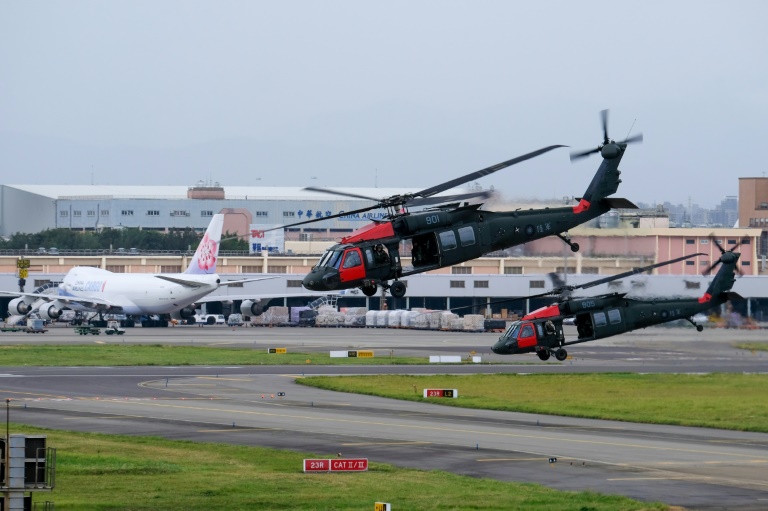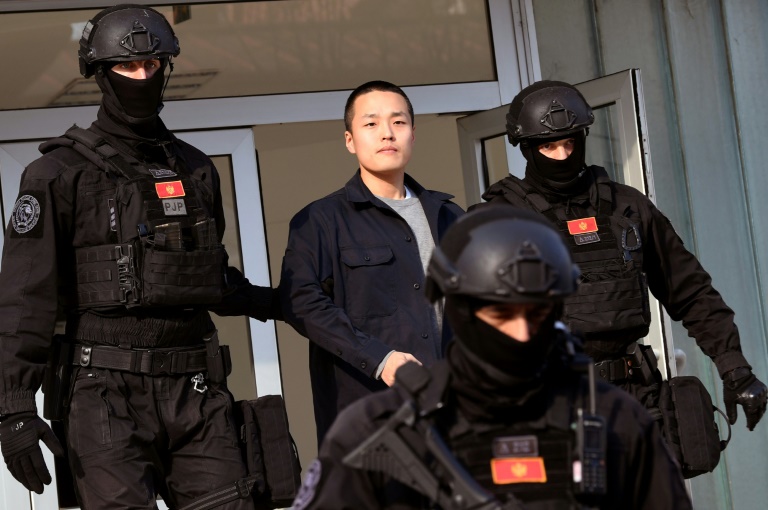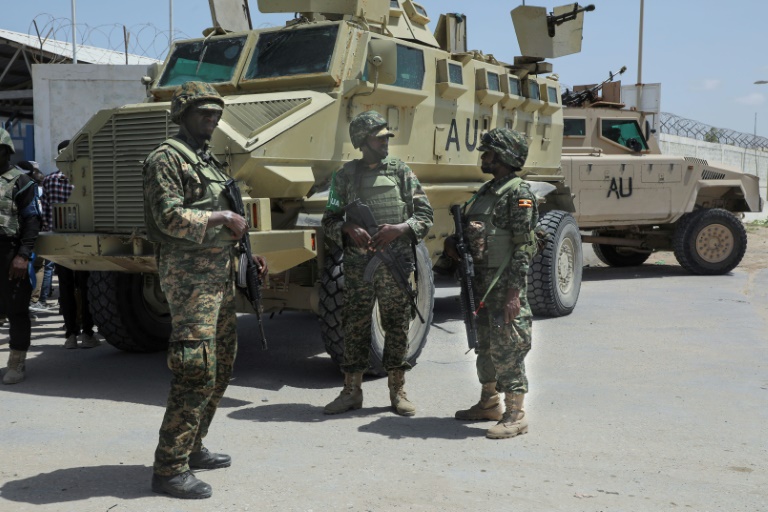KEY POINTS
- China ranks 3rd in world military rankings whereas Taiwan is at No. 23
- Taiwan should understand its differences with Ukraine to learn the ‘most valuable’ lessons: ASU’s Braden R. Allenby
- US would be ‘more inclined’ to help a Taiwan that invests in its own defenses: RAND Corporation’s Timothy R. Heath
Taiwan has been trying to learn from Ukraine’s resistance to Russia’s invasion, and experts believe these lessons as well as its commitment to investing in its own defenses could help the self-governing island defend itself in the event of a Chinese military invasion.
In its biennial defense report released earlier this month, Taiwan’s Ministry of National Defense (MND) said it is studying the effectiveness of asymmetric operations that Ukraine adopted after Russia invaded the country last year.
Taiwanese Defense Minister Chiu Kuo-cheng wrote in the paper that the island has been using “an innovative and asymmetric mindset to build up an overall credible combat power to exploit the vulnerability” of a possible invasion from the Chinese military. “We will not yield an inch of our sovereign lands and will be unwavering in upholding democracy and freedom,” he added.
In the 2023 World Military Strength Ranking by Global Firepower, China sits comfortably in the number 3 spot – only behind Russia and the U.S., while Taiwan is at No. 23. Global Firepower’s detailed comparison of the two countries’ militaries notes that compared to China’s active personnel of two million (No. 1 globally), Taiwan only has 170,000 active troops as of this year. But Taiwan has 1.5 million reserve troops as opposed to China’s 510,000.
Taiwan’s defense budget is way behind China’s $230 billion — at only $18.3 billion. Taiwan has just 400 fighter jets compared to China’s 1600; 4 submarines to China’s 78; 4 destroyers to China’s 50, and 2 corvettes to China’s 72.
Taiwan had already started adopting some asymmetric military tactics before tensions escalated with China. But Russia’s invasion of Ukraine triggered a sense of urgency, especially as China is now sending larger numbers of fighter jets around the island in recent months.
Ukrainian troops have utilized strategies that differ from the Russia’s massed formations from the onset of the invasion. Such tactics have included allowing Russian forces to enter select areas to some extent and then launching offensives using small armored units, and the joint efforts of self-organized volunteers and civilians. A good example of the successes this brought was the pullout of Russian troops from Sumy Oblast in April last year after an offensive by Ukrainian troops and armed resistance from residents.
“Moscow’s miscalculations about the strength and will of the resistance were costly, embarrassing mistakes for the Kremlin,” wrote international security expert Nurlan Aliyev.
For Taiwan, which is significantly smaller than China and has an undoubtedly weaker military, there are “many valuable lessons” to be drawn from Ukraine’s resistance to Russia, Timothy R. Heath, senior international defense researcher at think tank RAND Corporation, told International Business Times.
Taiwan’s defense report showed that it is incorporating learnings about long-range strikes, unmanned systems and multi-domain defense, among other things. Heath believes it is “definitely possible” for Taiwan to defend itself should China launch a military invasion. Unlike Russia that just needed to cross a land border, China is faced with the greater challenge of carrying out an amphibious assault.
Braden R. Allenby, professor at Arizona State University (ASU) and author of “The Applied Ethics of Emerging Military and Security Technologies,” agreed that military operations involving the sea are “very difficult and complicated.”
Allenby told IBT that Taiwan should carefully study the Ukraine war despite amphibious assaults being difficult to pull off and it being “plausible” for island to fend off a Chinese invasion. He said Taiwan should “ensure that it understands not just the similarities between its situation and its strategies, and those of Ukraine, but also the differences, as the latter are where the most valuable operational lessons lie.”
Taiwanese Defense Minister Chiu previously said China was also learning lessons from Russia’s invasion and the PLA will “definitely seek speed,” considering the waters that separate China and Taiwan.
In addition to amphibious assaults being complicated, China also has to consider that in invading Taiwan, it is “fighting a war with the United States,” something Russia did not consider before it invaded Ukraine, Heath pointed out.
The Biden administration recently approved the first arms aid to Taiwan through a foreign government assistance program amounting to $80 million. It was the first time Washington provided direct military aid to Taiwan instead of through arms sales as previous administrations have done in the past 50 years.
The PLA has other problems aside from potential U.S. intervention as it also shares some of the “vulnerabilities” that several Taiwan critics have pointed out regarding the Taiwanese military, such as inadequate volunteers, poor training and low morale. Rampant corruption within the PLA is another thing that the Xi Jinping administration has been trying to purge since 2015.
Taiwan’s smaller military arsenal remains an issue, and internal politics will play a critical role in its response should China attack. The Taiwanese public’s reaction is another aspect to consider, experts noted.
Finally, Allenby said, the reaction of geopolitical forces will also have a significant impact on Taiwan’s ability to effectively defend itself against an invasion. Instead of framing the defensive goal as defeating China “mano a mano,” the Taiwanese government should aspire to “make Taiwan indigestible to China,” he added. This will include deterring China from launching an attack in the first place and, in the event of an invasion, having the capacity to “bog China down long enough” to force the PLA to withdraw.
For Heath, it is crucial for Taiwan to bolster its defenses as Washington would be more inclined to provide support for a Taiwan that has shown commitment and action in investing in its own defenses.
A majority of experts said in a survey earlier this year that they believe the chances of an armed war between China, Taiwan and its western ally remain low. But China has been showing off its military prowess increasingly over the past months.
68 PLA aircraft and 10 PLAN vessels around Taiwan were detected by 6 a.m.(UTC+8) today. R.O.C. Armed Forces have monitored the situation and tasked CAP aircraft, Navy vessels, and land-based missile systems to respond these activities. pic.twitter.com/easi3ePMvc
— 國防部 Ministry of National Defense, R.O.C. 🇹🇼 (@MoNDefense) September 14, 2023
A day after Taiwan released its defense report, the MND said it detected a total of 68 Chinese fighter jets and 10 Chinese Navy vessels around Taiwan on Thursday morning. Forty of the warplanes entered Taiwan’s southwest or southeast air defense identification zone (ADIZ) through the Taiwan Strait.







